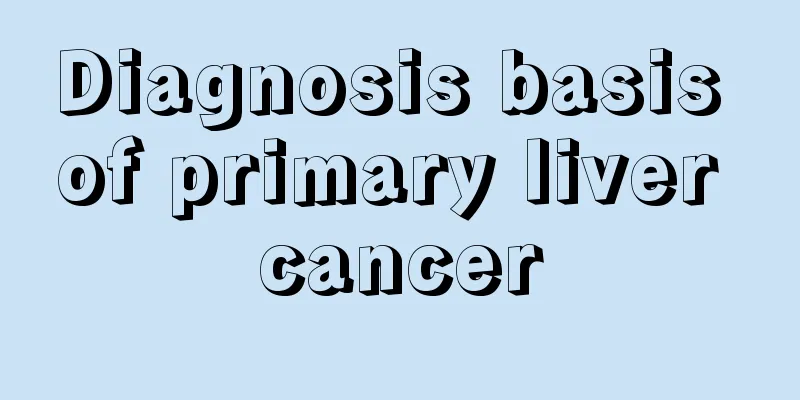Causes of threatened miscarriage

|
During pregnancy, I believe many women are very worried about signs of threatened miscarriage. In fact, as long as the embryo itself is normal and the pregnant woman is healthy, there is generally no impact. Threatened abortion refers to a small amount of vaginal bleeding before 28 weeks of pregnancy, followed by paroxysmal lower abdominal pain or back pain. Pelvic examination shows that the cervix is not dilated, the fetal membranes are intact, no products of pregnancy are expelled, and the size of the uterus is consistent with the gestational age. Termination of pregnancy before 28 weeks is called miscarriage. If the pregnancy ends naturally before 12 weeks, it is called early miscarriage, and if the pregnancy ends naturally between 13 and 27 weeks, it is called late miscarriage. Statistics from various different data show that the incidence of spontaneous abortion is between 15% and 40%, of which about 75% occur before 16 weeks of pregnancy and 62% occur before 12 weeks of pregnancy. 1. Chromosomal abnormalities Chromosomal abnormalities are the main cause of miscarriage. Chromosome abnormalities include two categories: quantitative abnormalities and structural abnormalities. Studies have shown that 50% to 60% of pregnancies in early spontaneous abortions have chromosomal abnormalities. If one of the couple has a chromosomal abnormality, it can be passed on to the offspring and may cause miscarriage or recurrent miscarriage. 2. Maternal factors (1) Systemic diseases: High fever during systemic infection can induce uterine contraction and cause miscarriage. Infection with certain known pathogens such as Toxoplasma, herpes simplex, Mycoplasma hominis, Ureaplasma urealyticum, and cytomegalovirus are associated with miscarriage. Ischemic and hypoxic diseases such as heart failure, severe anemia, hypertension, chronic nephritis, and severe malnutrition in pregnant women can also lead to miscarriage. (2) Endocrine abnormalities such as luteal insufficiency, hypothyroidism, uncontrolled diabetes, etc. (3) Abnormal immune function. (4) Severe nutritional deficiencies. (5) Bad habits such as smoking, alcoholism, excessive coffee drinking, or use of drugs such as heroin. (6) Adverse factors in the environment such as formaldehyde, benzene, lead and other harmful chemicals. (7) Uterine defects such as congenital uterine malformation, submucous uterine fibroids, intrauterine adhesions, etc. In addition to bed rest and strictly prohibiting sexual intercourse, the treatment of threatened abortion should create an environment that is conducive to stabilizing the patient's mood and relieving tension. For those with a history of miscarriage, more spiritual support should be given. If the pregnant woman's progesterone level is low, progesterone support therapy can be used to avoid threatened abortion. |
<<: Causes of cervical erosion
Recommend
Can I drink alcohol if my liver is not in good condition
Everyone knows that drinking alcohol damages the ...
I feel something pressing on my chest
Sometimes you may feel like something is pressing...
What are the diagnostic bases for mild teratoma
What are the diagnostic bases for mild teratoma? ...
What is the use of expired Coke
If the cola you bought at home is out of its shel...
Three basic pathological types of endometrial cancer
Endometrial cancer, also known as uterine body ca...
What are the tips for putting the wine cork back in?
Some people cannot finish the wine immediately af...
How to Identify Prostate Cancer
How to identify prostate cancer? Early prostate c...
What tea can lower blood sugar?
Blood sugar is a relatively important substance i...
Is it good to eat donkey-hide gelatin cake in summer?
Since most female comrades suffer from physical w...
The benefits of massaging the reproductive glands on the soles of the feet
Acupoints are of great significance to human heal...
Does tangerine cause heatiness? Will eating tangerines cause internal heat?
There are many kinds of fruits in the citrus fami...
How to wash clothes after getting vegetable soup
When we eat, if we are not careful, we will get s...
What is the cause of pain when bending and straightening the knee
The knee is very painful even when it is bent, wh...
What are the functions of RNA
RNA is relatively unfamiliar to many people. It i...
20-day diet for pancreatitis patients discharged from hospital
If you drink alcohol frequently or suffer trauma,...









